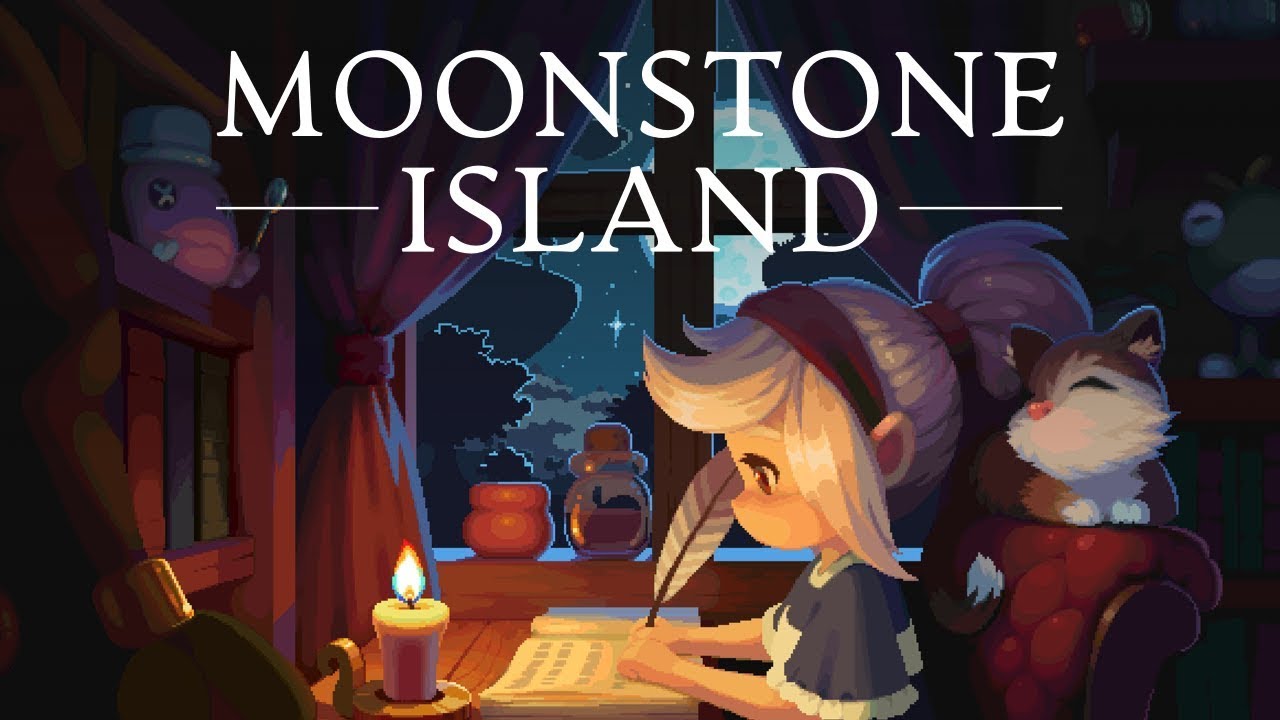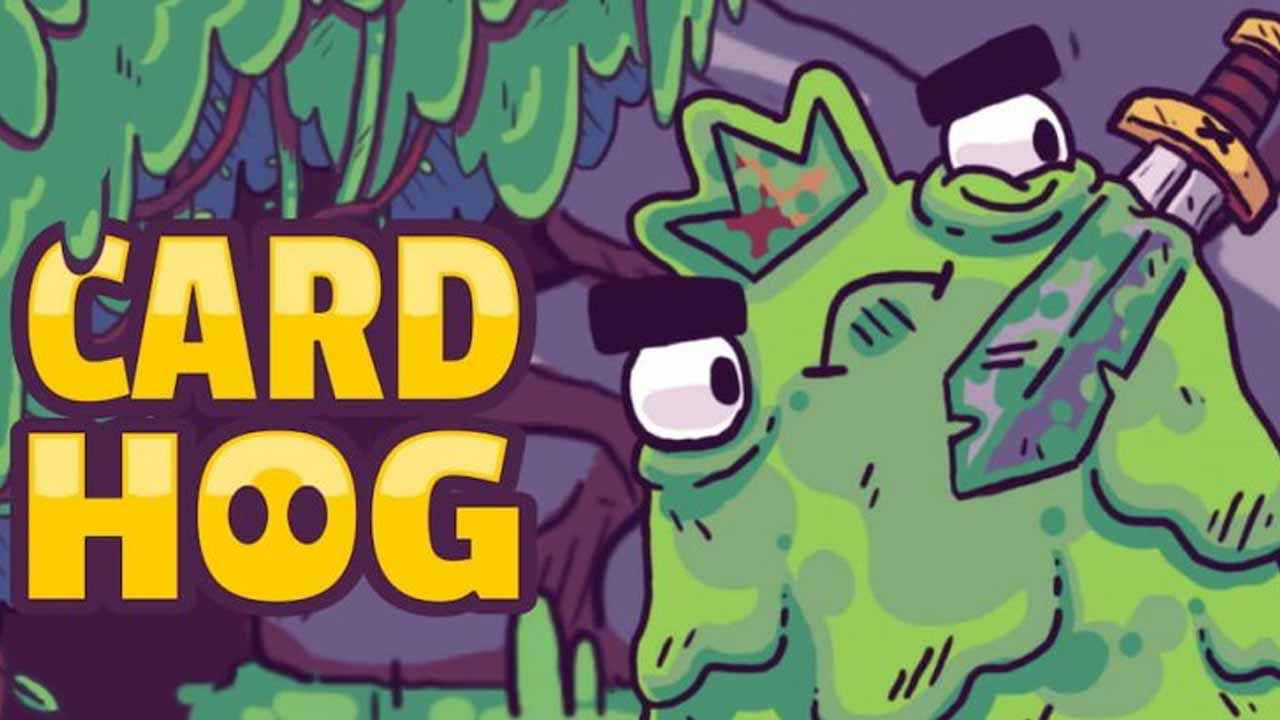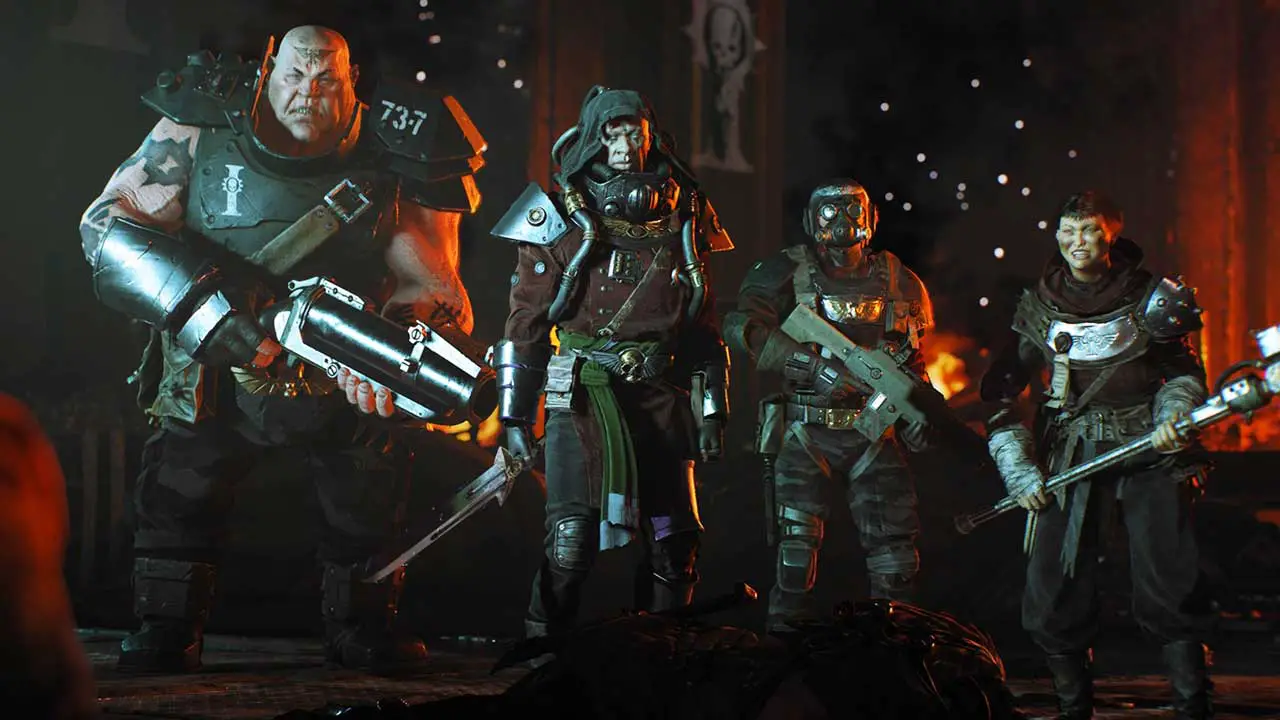Finding, fighting, taming and farming spirits. I’m writing this guide as I go along since I haven’t found a better one. Feedback and corrections (including formatting and terminology) are appreciated.
Starting tips: picking your starter
Firstly, to be able to pick your starter you need to go through the tutorial, otherwise the game will randomly choose for you. Starters do appear in the wild so you can always catch the other two, though they seem to be rarer than others. The type of spirits you can meet depends on the type of the island and some types tend to generate closer to the main island and so have lower levels and more easily tamable monsters.
Earth-type monsters are the first ones you’ll meet, then Water, then Poison and Electric close to each other, then Fire.
So if you choose the Earth-type Ankylo you’re gonna end up with a team of 3 Earth types at the beginning, if you choose Capacibee it will fill the Electric-type niche for the first season or so and if you choose Sheemp it will fill the Fire-type niche for a long time, probably about the first 2 seasons. Meaning that when it comes to type variety, Sheemp is the unequivocally best choice.
Thankfully, the situation is not as one-sided as that would suggest. Capacibee’s ability to regenerate 10 HP instead of being knocked out once is invaluable (all starters’ initial max HP is 20) and its Electric type and multi-hit attacks come very useful for Earth and especially Water islands which are the first ones you’ll encounter. Ankylo’s ability and starting cards giving it Rage makes it a great, even if risky, offensive force, while Sheemp’s ability to apply Burn to a random enemy when hit by a Fire attack is very situational and not nearly as useful.
Overall, Capacibee is the easiest to start with, Ankylo the hardest and Sheemp intermediate. However, Sheemp’s type and Ankylo’s offensive potential make them not bad choices otherwise.
Starter tips: constructing your first team
You can only hold 3 spirits with you. To be able to own more you need to build the Spirit Barn, which is somewhat expensive and won’t come into the picture for likely at least the first couple of weeks of your first playthrough. Therefore for the early game the only way to change your team after you tame the first 3 monsters is to release one of them, losing all progress they gained.
It’s advisable to have a full team as soon as possible, but keep that fact in mind when deciding on using items on them. Earth types are available immediately, Water types are the second closest and all others are harder to find and tame (to the point that you’ll likely have a Barn when you get to that point), so no matter which starter you chose you’ll likely want to release one of the first Earth-type catches and keep the other.
A spirit’s weaknesses are related to but not dependent on their type. In a battle you can check both, alongside the ability and other things, by navigating up from the card choice and selecting the enemies. Since you’re likely going to be stuck with at least two Earth types in the beginning, at least choose ones with different weaknesses. (Or great abilities.)
I also recommend getting a Fluffox, as its ability gives you better chances for improving relationships with the NPCs as long as it’s following you, which is quite useful in the beginning.
Finding and Taming
Finding
As mentioned above, the type of spirits you encounter is based on the type of the island, with different types spawning mostly closer or further away. The distance from the main island affects their average level, which in turn affects how hard they are to tame.
Important: you have a limit of the highest level of spirits you can tame at all, dependent on talents in the Spirit tree. At first you can only tame up to level 5, which limits your choice to the closest islands, which usually means only Earth and Water. Getting the first talent, which allows you to tame up to level 10, should be a priority. You get these talent points from battling and taming spirits.
The island types in order from closest to furthest:
- Earth – grassy
- Water – beach
- Poison – darker green grass, swampy trees and stumps, dark fog
- Electric – yellowish-greyish grass, bolt-shaped trees
- Fire – ashy/basalt ground, lava flows
- Dark – I haven’t encountered that one yet, might be a special case like Psychic
Psychic is a special case, every night a psychic storm happens on a random wild island, denoted on the minimap by a purple swirl. This causes Psychic spirits and plants to spawn there.
The islands seem to be paired, resulting in layers – the closes to main island are Earth and Water islands, then there’s a layer of Poison and Electric, then Fire and I assume Dark. Note that none of this is exact – I’ve seen an Electric island spawned so close to have lvl 10 monsters and a Grass island so far to have lvl ~20.
Taming
Once you travel to any wild island, spirits will start spawning in the vicinity. A single spirit in the overworld can mean 1 or a group of 3 in battle, with species picked from available spawns, meaning that you can find a spirit you’re looking for even when engaging in battle with another one of the same type.
In battle you can see if a spirit is tamable by the blue heart to the right of its HP bar. If the heart has a padlock symbol it’s too high level for you, and if instead of a heart it has a skull symbol it’s a boss version, which can never be tamed.
If the spirit is tamable, taming it is as simple as feeding it a plant or concoction with a Tame effect during battle. In the Spring that plant is Flax. That will increase its taming meter, depicted by filling the blue heart with green. When it’s filled, a taming check is made, which can fail requiring you to continue taming. Feeding is an action that costs 1 energy, so you can feed a taming item up to 3 times in a turn assuming you don’t want to do anything else (which also uses energy) or perform plays that gain energy, (which would allow you to feed more than 3 times).
Farming
By constructing a Spirit Barn (using a Moonstone Enchanter) you unlock not only the ability to store spirits, but also to farm them. A Barn starts with a single stall, and you need to craft more in the Enchanter from wood and cloth. A stall accepts a single spirit, which needs to be fed with Fibre (cut from grass) to not run away.
Feeding
Spirits don’t need to be fed every day, but it increases their chances to drop items. There are also moonstone grass stalls that magically grow grass unattended, a perfect if expensive solution for those favourite spirits you really want to never run away no matter how much you neglect the barn duties.
Drops
Every spirit drops the same thing based on their type. You get a quest from Zed to sell all drops to him, which can be easily guessed. (Earth types drop Clay, Water types drop Sea Glass, etc…)
These drops are required for both that quest (which also fills up the display cases in Zed’s lab) and for advanced crafting. You can also just sell them to Zed for money independently of the quest.
Fighting (WIP)
Fighting deserves its own guide, as it’s an entire Slay the Spire-esque card battler game within the game. I’ll update this section with more info and likely spin off a separate guide, but for now here’s some basic info:
Battle system
Your team and enemy team take turns to play their cards. Who goes first is decided by the Speed stat. (Not sure if it’s the highest or average Speed in the team atm.)
The enemies choose a single card to play and their target, which during your turn you can see in bubble above them. You can also navigate up from card choice to see more detailed info about their stats, types, weaknesses, abilities, attacks, attack effects and currently active effects.
You use a more advanced system. Each turn you get 3 Energy (not to be confused with out-of-battle Stamina) and your cards cost from 0 to 3 Energy. At the start of every turn you draw cards from your draw pile (entire deck at the beginning) and at the end you discard everything still in your hand to the discard pile (empty at the beginning). When you run out of the draw pile, the entire discard pile gets shuffled and moved into it. When you play cards they get discarded.
Exceptions: some cards have the Exhaust effect, which causes them to be eliminated from the rest of the battle when played, instead of discarded. On the other hand some have the Retain effect, which causes them to stay in your hand at the end of the turn instead of being discarded. A card can have both.
Your deck is the combined decks of your spirits, and the cards are shuffled randomly – there is nothing stopping the RNG from giving you a hand comprising entirely of one spirit’s cards. (AFAIK)
Due to the way draw/discard mechanics work, a smaller deck is not only more predictable, but also allows you to use the same (non-Exhaust) card multiple times
Your goal is to banish (or tame) all enemy spirits. Taming is described in the Finding and Taming section, while banishing simply means reducing their HP to 0.
Spirits have 4 stats:
- Armour – decreases damage from received attacks by the armour value, can block them completely
- Speed – decides which team goes first, also increases how much armour is removed by Skills and Attacks(?)
- Vitality – decides max HP
- Power – influences damage done by attacks
Armour is a very important core mechanic. It not only allows a spirit to massively decrease or even block received damage, it can also be stripped off by receiving damage they’re weak to and some skills and attacks. Stripping off armour entirely puts a spirit into a dizzy state, in which it receives x1.5 damage, cannot act or be fed. This effect has two charges, decreased at the start of a turn, so when you make an enemy dizzy you will deal more damage for the rest of that turn, have it lose first charge not attack on its first turn, deal more damage on the second turn, and at the beginning of its second turn it loses the second charge, clears the effect, regains all armour and can move again.
Cards
Cards are divided into Attacks and Skills and have a variety of effects. Attacks directly deal damage and Skills don’t, but that’s the only difference – Attacks can have effects, though their power is balanced between the cost, damage and effects unlike Skills which only have cost and effects.
Some of the effects include: remove armour, draw more from the draw pile, draw from the discard pile, search either, buff allies, debuff enemies, even transform other cards or regain energy. Attacks are also varied, with some dealing damage multiple times and/or to more than one enemy.
Cards have cost (represented by the energy symbol in the top-left corner), type (represented by the colour and decorations), rarity (represented by the number of starts on the right) and be upgraded (represented by having a “+” suffix in their name). An upgraded card is one rarity level higher than its base form. There are talismans that can remove a card from a deck, add a card to the deck, or upgrade a card in the deck. Upgraded versions are generally much more powerful – for example Rage costs 1, has Exhaust and gives the target a single charge of Rage, making it deal and take x2 damage, while Rage+ costs 0, doesn’t have Exhaust and gives the target two charges of rage, making it deal and take x2 damage for two turns.
There are talents that increase the chances of getting higher rarity cards or grant a chance to upgrade a card being added to a deck,


